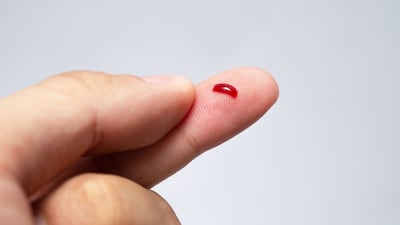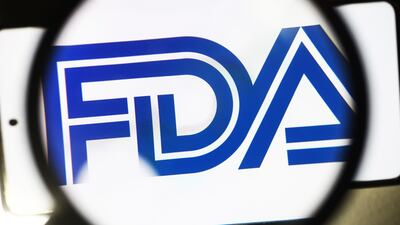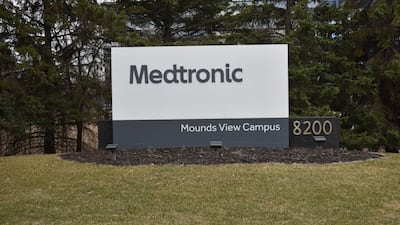As innovation continues to drive growth in the market for minimally invasive surgical products, manufacturers are faced with both opportunities and challenges. In terms of opportunities, a growing incidence of cancer, obesity, and other chronic diseases is fueling growth in the number of surgical procedures, and physicians are increasingly performing these procedures as MIS. Additionally, only one-third of all surgical procedures are currently performed as MIS, and manufacturers are targeting specific procedures, geographies, and physician specialties in an effort to increase MIS penetration and adoption. For example, although the vast majority of cholecystectomy procedures in the US are performed laparoscopically, there is an opportunity for greater MIS penetration in China and India, where physicians perform many of these procedures open. (See Exhibit 1.) (SeeAlso see "Covidien’s Project ADOPT: Moving The Needle On MIS" - Medtech Insight, 30 January, 2014..)
Exhibit 1
Read the full article – start your free trial today!
Join thousands of industry professionals who rely on Medtech Insight for daily insights
- Start your 7-day free trial
- Explore trusted news, analysis, and insights
- Access comprehensive global coverage
- Enjoy instant access – no credit card required
Already a subscriber?







